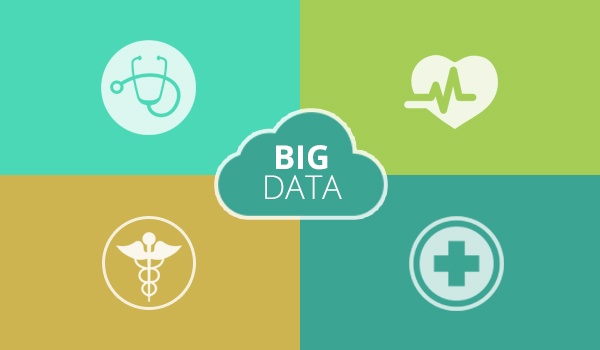
The inclusion of advanced technology into every industry has allowed for an explosion in data creation recently. In fact, an infographic from VCloudNews stated that around 90 percent of all the data currently in existence was made in the previous two years. That's quite a lot of information, which is why this trend is being called big data.
The problem with all of this is the simple fact that there's simply too much data to analyze using old techniques. However, big data offers amazing cost savings for multiple industries, especially within health care. The medical sector relies heavily on information taken from patients, as professionals in this field need access to everything from a patient's current medications to the list of known allergies.
"Health care is a prime target for big data analytics."
Therefore, it was a simple jump for researchers to realize that health care was a prime target for big data analytics. But how are experts in the field using these analysis techniques to improve patient care and increase savings for health care institutions? Let's take a look.
There's a lot of money to be saved
To begin, it's important to investigate what amount of money could be saved through the implementation of big data analytics, as well as where that savings would come from. Pinning down an exact number for singular organizations is hard, so advisory company McKinsey decided to do a broad analysis of the entire U.S. health care system.
In this study, McKinsey stated that medical institutions in the U.S. could save a whopping $300 billion annually by implementing big data analytics into their current operations. Where would this money be taken from? Well, McKinsey stated that a large chunk of this savings could be achieved by simply reducing waste within current expenditures.
The two major money-suckers within the health care industry, as pointed out by McKinsey, are clinical operations and the research that goes into creating drugs and other medical devices. Combined, these two would account for $273 billion out of the $300 billion McKinsey stated could be saved through the introduction of analytics.
Basically, the name of the game here is increasing efficiency. Treating patients is very often an inefficient process, as doctors are generally just trying to save the patient rather than doing so in a cost-effective manner. Big data analytics could allow medical professionals a unique glimpse into past treatments, leveraging this knowledge to lower the cost of healing current and future patients. Research and development could also be improved in a similar manner, using previously gained knowledge about enrolling patients in a trial to optimize future enlistment.
Obama Administration shows the power of big data
Although evidence-based hypotheticals are certainly important to the development of any trend, the proof really in the pudding for big data. Perhaps the best recent example of what analytics can bring to health care is the Obama Administration's successful campaign to cut down on medical fraud.
Despite the fact that most medical professionals are honest people just trying to make a difference in their community, there are those out there just looking to make a fast buck. These malicious individuals very often set up scams where they defraud the state by sending in bogus Medicare or Medicaid claims in the hopes that they'll be reimbursed for a treatment they didn't actually give anyone. The problem with this is that it's very hard to catch doctors who are doing this, especially if they're working with the patients themselves.
This was exactly the kind of fraud the Obama Administrationset out to stop, according to Eric Pianin of The Fiscal Times. Through the implementation of big data analytics, around $42 billion in fraudulent claims and other medical scams was saved between fiscal 2013 and 2014.
According to Pianin, one of the interesting ways the Obama Administration pulled this off was by taking a closer look at where these fraudulent doctors were located. By analyzing past trouble areas, researchers could discover if a "medical office" was located in an abandoned building. Scammers often do this to put some distance between themselves and their fraudulent schemes, and big data analytics worked wonders at sniffing them out.
Clearly, big data has a lot to offer health care. How this trend progresses remains to be seen, but it's obvious that there's a lot of value within analytics.
More links
- ......Microsoft SQL Server
- Learn More About Cloud ComputingEnroll in Cloud Computing Courses from NHLG



